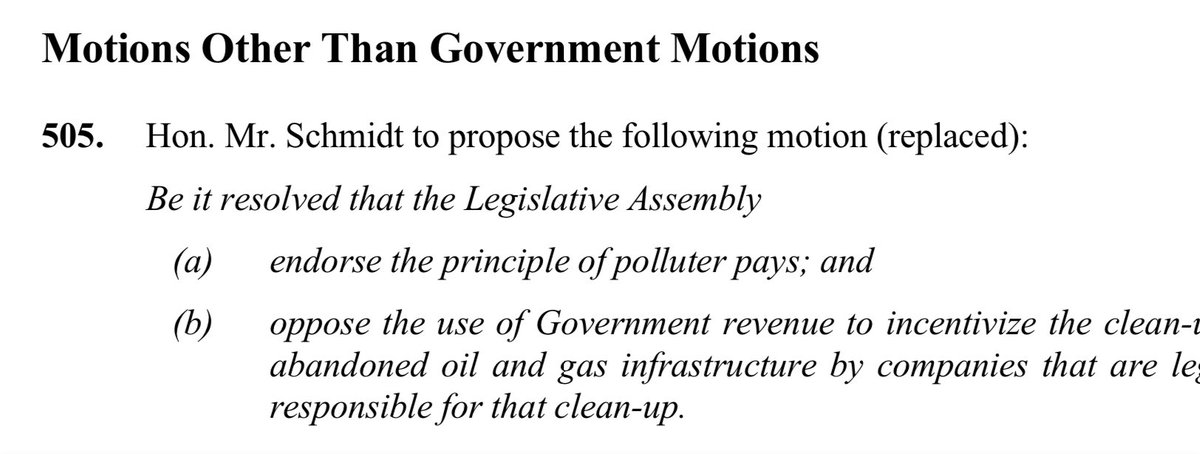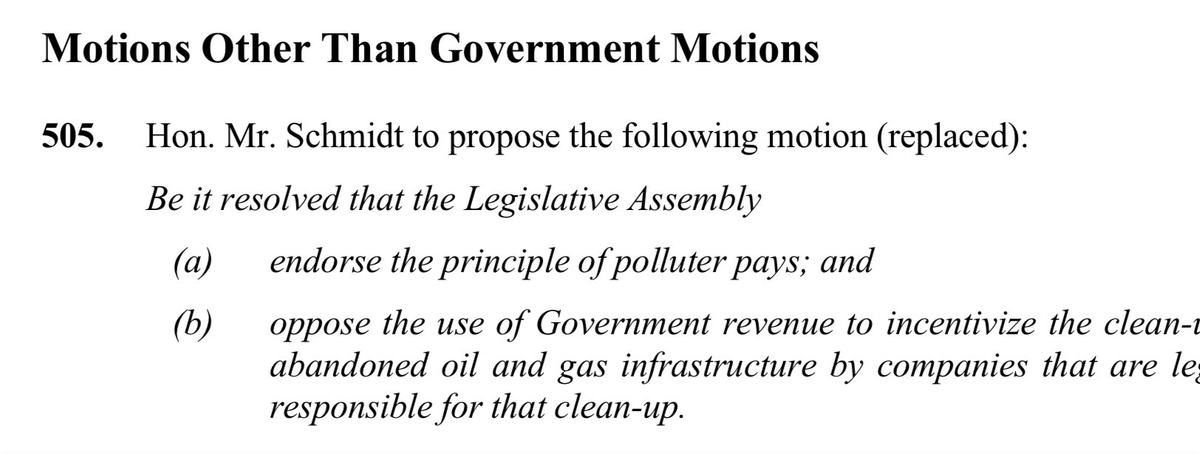
Premier has me blocked, but it would appear she accused the NDP of not liking facts by tweeting incorrect or irrelevant facts.
Improper use of the term “abandoned” oil sites by politicians in general is also a problem. Abandoned wells often confused with orphaned wells.
1/n
Improper use of the term “abandoned” oil sites by politicians in general is also a problem. Abandoned wells often confused with orphaned wells.
1/n
https://twitter.com/alyslinn/status/1638240316212801544
When NDP formed government, wells named as orphans by the AER increased because licensees went bankrupt. The governing party has no control and should not interfere with how the AER enforces the law governing the Orphan Fund. Bankruptcy is federal law.
2/n
2/n
Premier says NDP “weren’t making polluters pay”. Whether this statement is linked to the increase in so-called abandoned wells is not clear. Regardless it’s regulators and tribunals that make polluters pay, not the government of the day.
3/n
3/n
Whether her statements are true or false, the UCP side of the Legislature voted not to endorse polluter pay and NDP members voted to endorse it. Only the UCP is promoting citizen pay programs like }RStar.
4/n
4/n
Every time the legality or wisdom of the new Pilot for #RStar comes up, the Premier or energy minister point to fairly recent mandatory inactive well closure targets. This separate program is consistent with polluter pay but the new program is not.
5/n
5/n
IOW, the Premier accuses the Opposition of not caring about facts, possibly getting the facts wrong herself, while refusing to deal with the far more important question of whether her proposals are even legal. We deserve better from members of the governing party.
6/n
6/n
In any event, members of both parties should be more careful using the term “abandoned”. It was improperly used in defeated Motion 505 introduced by the NDP:
7/n
7/n

For those wanting more information on the “Inventory Reduction Program” ($700 million target for inactive wells this year) you can find it here (not related to #RStar):
8/n
aer.ca/regulating-dev…
8/n
aer.ca/regulating-dev…
• • •
Missing some Tweet in this thread? You can try to
force a refresh











